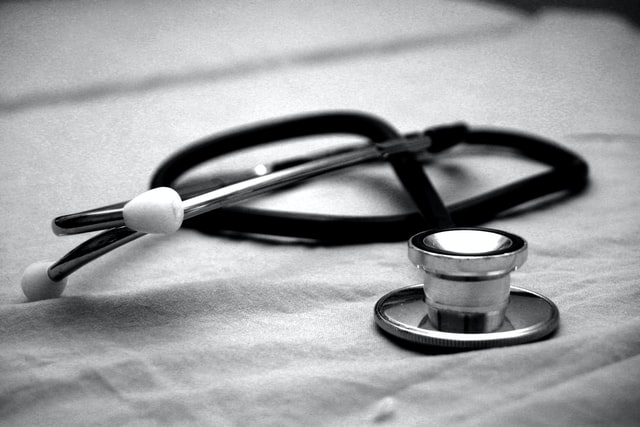We all hope that when we need to go into hospital that we are going to receive the best care possible. However, it does not always work out that way. According to NHS Resolution’s latest annual report covering 2019-20, the number of new clinical claims and reported incidents increased to 11,682. The annual cost of harm arising from clinical activity during the same period was £8.3 billion, though this was a reduction from £8.8bn in 2018-19.
Medical negligence can occur in many ways so it is important you understand how injuries can occur, what they could be, and how frequently they happen.
Reasons for medical negligence
It takes a lot of training to become a medical professional, but, like the rest of us, caregivers are not immune from making mistakes. The problem is that errors in such a setting are more likely to have long-lasting and potentially life-changing repercussions for patients.
Common areas where medical negligence occurs include:
- Medication errors
- Anaesthetic errors
- Missed or delayed diagnoses
- Avoidable delays in treatment
- Lack of follow-up monitoring or treatment
- Technical medical errors
The above is not a comprehensive list, with many other shortcomings potentially leading to medical negligence. Communication issues, an inadequate transfer of information, and poor staffing levels are other examples of issues that could be at play when medical negligence occurs.
What Kind Of Injuries Can Occur?
The last thing you expect when you go for medical treatment is to sustain another injury or illness, but these things, unfortunately, do happen.
If you are a victim of medical negligence, some of the most common issues you could face are:
- Infection – These can be caused by contamination or sterilisation issues at the medical facility.
- Overdose – Hospitals must make sure they provide you with the right amount of medication, as failure to do so can lead to a negative reaction.
- Incisions in the wrong area or on the wrong patient – A mix-up in paperwork or workflows can result in people getting unnecessary or incorrect treatment.
- Death – In the most serious cases, an error in surgery or medication prescription, or a device malfunction can cause the loss of life.
How Often Does Medical Negligence Happen?
According to a 2019 study by the University of Manchester, at least one in 20 patients are affected by preventable patient harm in medical settings.
Furthermore, approximately 12% of preventable patient harm results in permanent disability or death and is mostly related to drug incidents, therapeutic management, and invasive clinical procedures.
*collaborative post



































